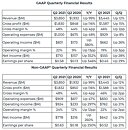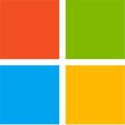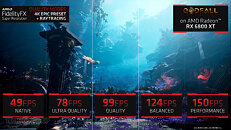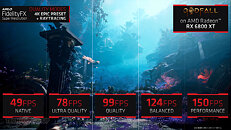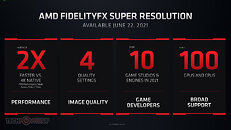
MSI Releases its Custom Radeon RX 6500 XT Graphics Card
MSI, a leading brand in True Gaming hardware, is proud to officially announce the MSI AMD Radeon RX 6500 XT MECH 2X graphics cards. The new graphics cards are designed to make incredible 1080p gaming experiences for popular AAA and e-sports titles accessible to more gamers than ever. Built upon the breakthrough AMD RDNA 2 gaming architecture, AMD Radeon RX 6500 XT graphics cards are engineered to deliver great gaming performance with remarkable efficiency. They offer high-bandwidth, low-latency AMD Infinity Cache and high-speed GDDR6 memory. They also support Microsoft Windows 11 and Microsoft DirectX 12 Ultimate, AMD FidelityFX Super Resolution (FSR) upscaling technology and other advanced features that provide visually stunning, high-refresh rate gaming experiences.
The MECH series makes its return with the MSI Radeon RX 6500 XT MECH 2X graphics card, now enhanced with the acclaimed MSI TORX FAN 3.0. The performance-focused MECH design provides the essentials to accomplish any task, whether it's for work or play. A powerful cooling system, a reinforcing backplate with a brushed finish, and a rigid industrial design make the MECH card suitable for any PC build.
The MECH series makes its return with the MSI Radeon RX 6500 XT MECH 2X graphics card, now enhanced with the acclaimed MSI TORX FAN 3.0. The performance-focused MECH design provides the essentials to accomplish any task, whether it's for work or play. A powerful cooling system, a reinforcing backplate with a brushed finish, and a rigid industrial design make the MECH card suitable for any PC build.





















